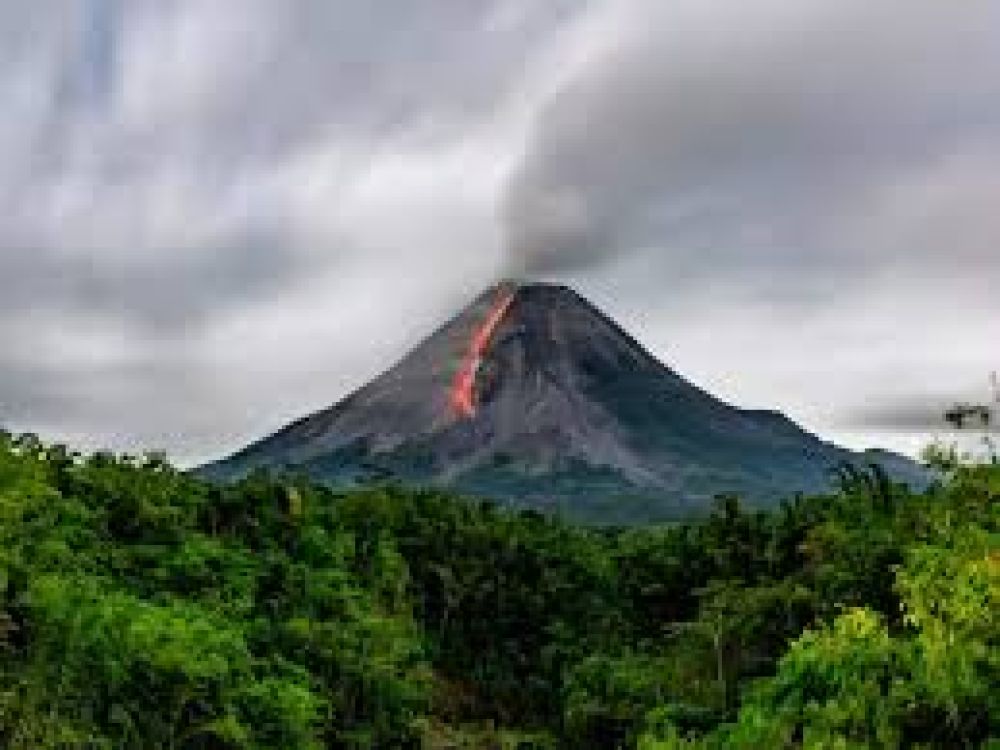

Mount Merapi, located on the border between Central Java and Yogyakarta, Indonesia, stands proudly as one of the most active and dangerous volcanoes in the world. Despite its intimidating status, it has become a beacon for tourists seeking both natural beauty and an adrenaline rush. The name 'Merapi' translates to 'Mountain of Fire,' and true to its name, it has had regular eruptions, shaping not just the landscape but also the history of tourism around it.
In the early days, the area around Mount Merapi was less frequented by tourists due to its volatile nature. Nevertheless, the local communities living in its shadows have long revered the mountain for its fertile soils and spiritual significance. Initial visitors were mainly intrepid explorers, researchers, and mountaineers, drawn to Merapi's challenging terrain and the mystique surrounding its frequent eruptions.
As the intrigue surrounding Mount Merapi grew, the Indonesian government and local businesses saw the potential for tourism. Infrastructure improvements and the establishment of guided tour services made the mountain more accessible. Tourists began to flock to the area, eager to witness the raw power of nature from a safe distance or to trek up its slopes for a close encounter with the active crater.
Observation posts, museums, and lava tours became popular ways for visitors to learn about Mount Merapi’s eruptions' history and impact. Areas affected by pyroclastic flows and lahars in past eruptions now serve as stark reminders and attractions, showcasing the force of nature and the resilience of the local populace.
With the increased popularity of volcano tourism, safety has become a paramount concern. Authorities closely monitor volcanic activity, and access to Mount Merapi can be restricted at times of heightened alert. Tour operators are required to adhere to strict safety guidelines, ensuring the well-being of all visitors while providing an unforgettable experience amidst the landscapes crafted by centuries of volcanic activity.
The latest trend in tourism at Mount Merapi involves a blend of adventure and cultural immersion. Visitors are not only interested in the geological aspects but also in the stories of local communities and traditional Javanese folklore associated with the mountain. Tourism now also focuses on promoting sustainable practices and environmental conservation, recognizing the need to preserve the beauty and ecological significance of this majestic natural wonder.
Furthermore, the digital age has brought about a new wave of interest, with striking images and thrilling stories shared across social media platforms. This has introduced Mount Merai to a wider, international audience, sparking curiosity and interest among globetrotters.
Mount Merapi thus stands not only as a testament to nature's awe-inspiring power but also as a symbol of Indonesia's commitment to harnessing the potential of its natural resources for tourism. Its ongoing story continues to attract and captivate visitors from around the world, finding a unique balance between respecting the mountain's destructive capabilities and celebrating its majestic presence.